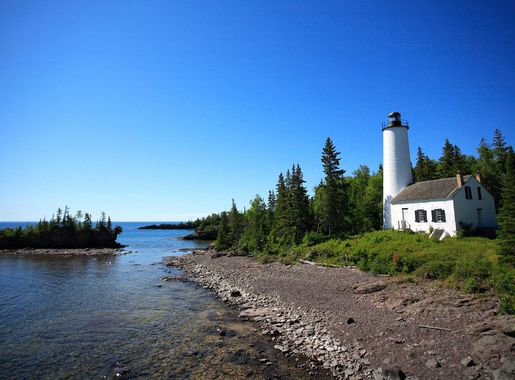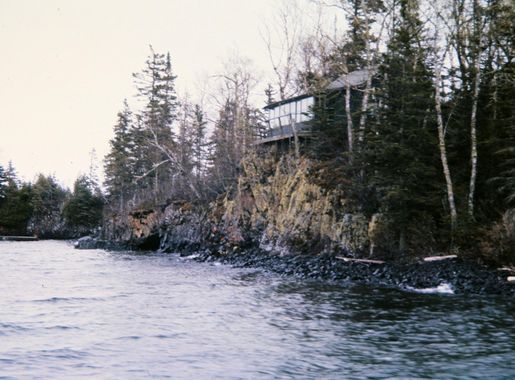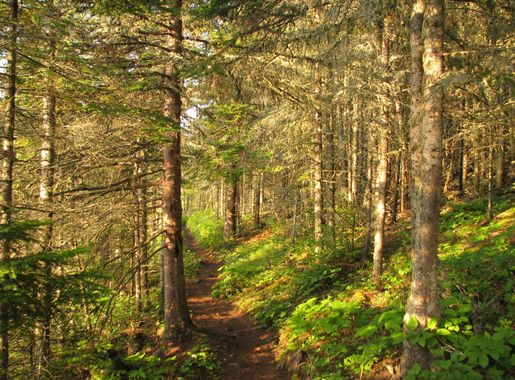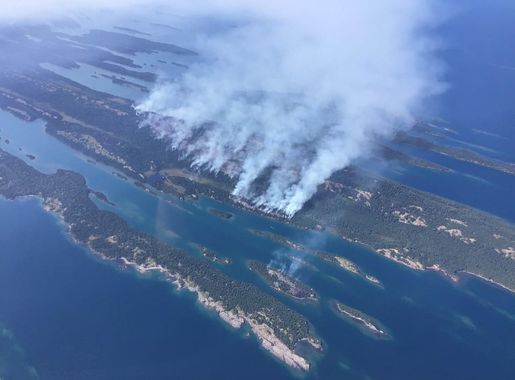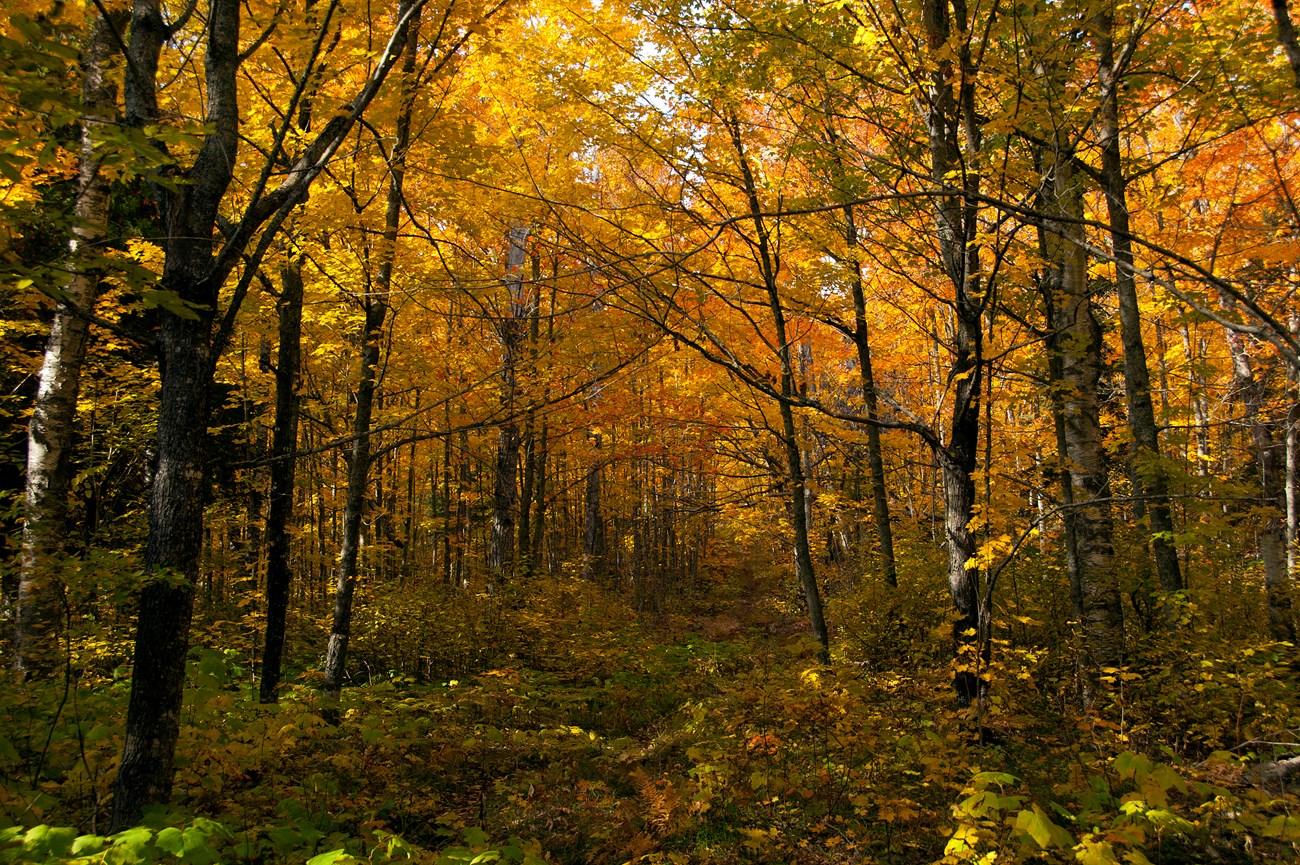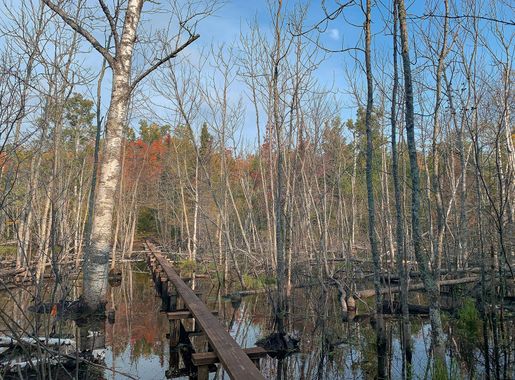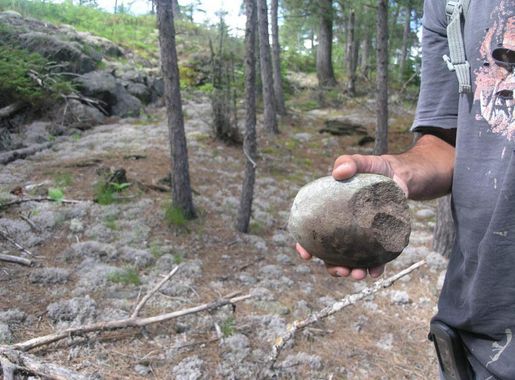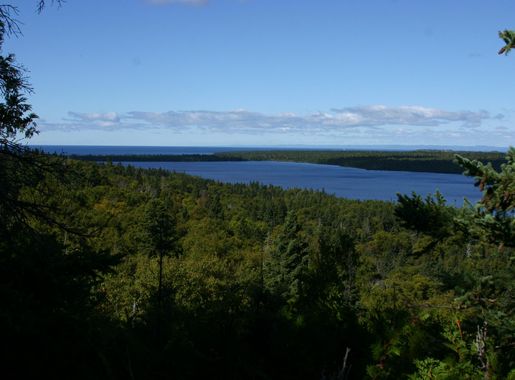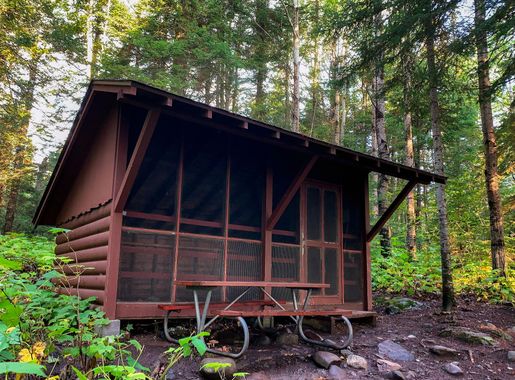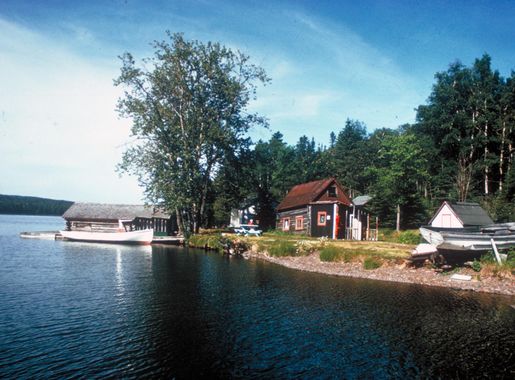
Isle Royale National Park: A Remote Wilderness Adventure
Discover the remote beauty and adventure of Isle Royale National Park, where pristine wilderness, diverse wildlife, and historical treasures await in Michigan's Lake Superior.
Isle Royale National Park, nestled in the cold waters of Lake Superior, is a remote and awe-inspiring wilderness destination. Known for its rugged landscapes, pristine forests, and crystal-clear lakes, this national park offers a unique blend of natural beauty and adventure. The park is accessible only by boat or seaplane, which adds to its secluded charm and ensures that visitors experience an untouched natural environment. Hiking enthusiasts will find over 165 miles of trails to explore, ranging from short, easy hikes to challenging backcountry treks. The Greenstone Ridge Trail, which runs the length of the island, provides breathtaking views and a chance to spot the park's diverse wildlife, including moose and wolves. Canoeing and kayaking are popular activities, with numerous inland lakes and waterways to navigate. Fishing is also a favorite pastime, with opportunities to catch lake trout, whitefish, and other species. For those interested in history, the park offers a glimpse into its past through historic sites like the Rock Harbor Lighthouse and the remnants of old copper mines. Camping is a popular way to immerse oneself in the park's natural beauty, with several campgrounds and backcountry campsites available. Whether you are a seasoned outdoors enthusiast or a casual nature lover, Isle Royale National Park promises an unforgettable wilderness experience.
Local tips in Isle Royale National Park
- Plan your visit between April and October, as the park is closed during winter due to harsh weather conditions.
- Book your ferry or seaplane in advance, as transportation to the island is limited and can fill up quickly during peak season.
- Pack plenty of supplies, including food and water, as there are limited services on the island.
- Bring appropriate gear for all weather conditions, as the weather can change rapidly on the island.
- Familiarize yourself with Leave No Trace principles to help preserve the park's pristine environment.
- Check for any park alerts or trail closures before you go, to ensure a safe and enjoyable visit.
Isle Royale National Park: A Remote Wilderness Adventure
Isle Royale National Park, nestled in the cold waters of Lake Superior, is a remote and awe-inspiring wilderness destination. Known for its rugged landscapes, pristine forests, and crystal-clear lakes, this national park offers a unique blend of natural beauty and adventure. The park is accessible only by boat or seaplane, which adds to its secluded charm and ensures that visitors experience an untouched natural environment. Hiking enthusiasts will find over 165 miles of trails to explore, ranging from short, easy hikes to challenging backcountry treks. The Greenstone Ridge Trail, which runs the length of the island, provides breathtaking views and a chance to spot the park's diverse wildlife, including moose and wolves. Canoeing and kayaking are popular activities, with numerous inland lakes and waterways to navigate. Fishing is also a favorite pastime, with opportunities to catch lake trout, whitefish, and other species. For those interested in history, the park offers a glimpse into its past through historic sites like the Rock Harbor Lighthouse and the remnants of old copper mines. Camping is a popular way to immerse oneself in the park's natural beauty, with several campgrounds and backcountry campsites available. Whether you are a seasoned outdoors enthusiast or a casual nature lover, Isle Royale National Park promises an unforgettable wilderness experience.
When is the best time to go to Isle Royale National Park?
Unmissable attractions to see
Windigo
Discover Windigo, a stunning park in Eagle Harbor, Michigan, where nature's beauty meets rich historical significance for an unforgettable experience.
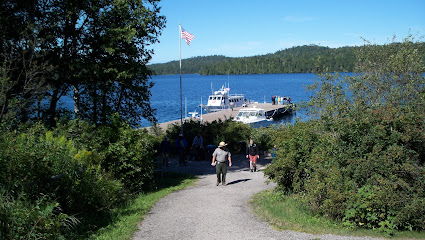
Rock Harbor Visitor Center
Discover the gateway to Isle Royale's stunning wilderness at the Rock Harbor Visitor Center in Houghton Township, Michigan.
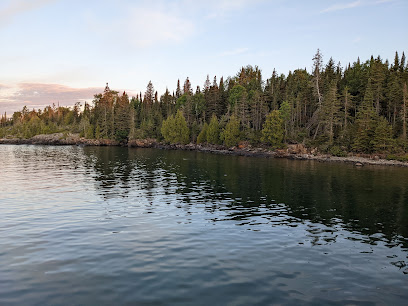
Lookout Louise
Experience the stunning vistas and serene nature trails at Lookout Louise, the perfect scenic spot in Houghton Township, Michigan.
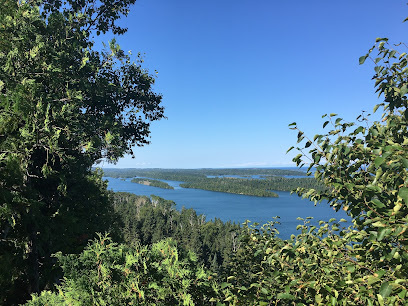
Rock of Ages Lighthouse
Discover the historic Rock of Ages Lighthouse in Eagle Harbor, Michigan, a stunning landmark offering breathtaking views and rich maritime history.
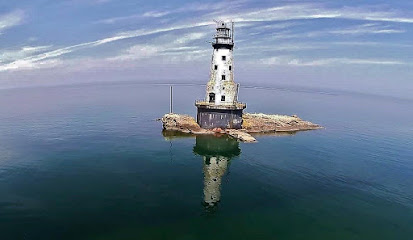
Rock Harbor Lighthouse
Experience the historic Rock Harbor Lighthouse in Michigan, where stunning natural beauty meets maritime heritage along the shores of Lake Superior.
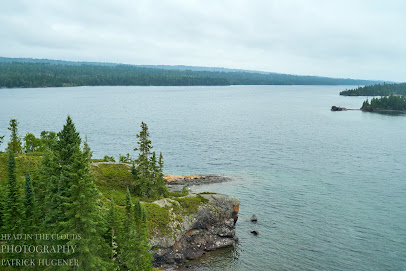
Passage Island Lighthouse
Discover the historical Passage Island Lighthouse, a stunning landmark offering breathtaking views and rich maritime heritage in Houghton Township, Michigan.
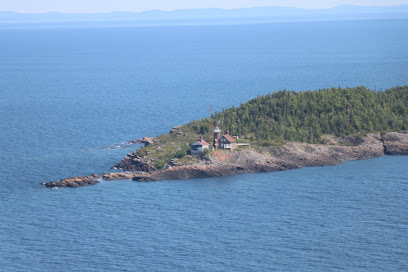
Stoll Memorial
Discover the Stoll Memorial in Houghton Township, MI - a serene historical landmark surrounded by stunning natural beauty.

Isle Royale Wilderness
Experience the pristine wilderness of Isle Royale, Michigan—an outdoor paradise rich in wildlife, hiking trails, and breathtaking landscapes.
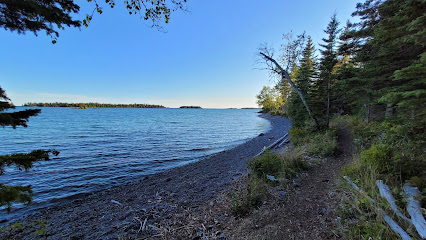
Markets, malls and hidden boutiques
Isle Royale National Park
Experience the serene beauty and diverse wildlife of Isle Royale National Park, a hidden oasis in Michigan's wilderness, perfect for adventure seekers and nature lovers.
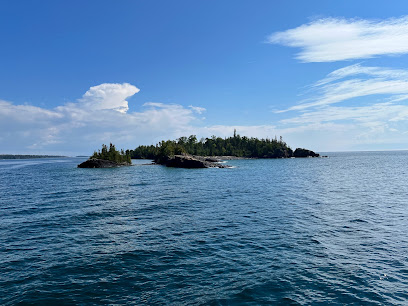
Ryden's Border Store
Explore Ryden's Border Store in Grand Portage, Minnesota – a unique destination for local souvenirs and delightful treats that capture the spirit of the region.
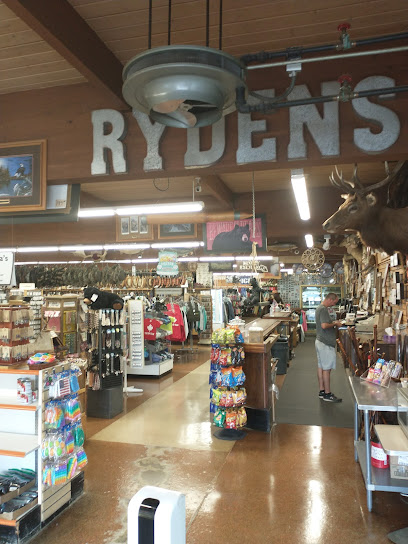
The Mystic Garden
Explore The Mystic Garden in Thunder Bay, a charming gift shop filled with unique local crafts, perfect for finding that special souvenir or gift.
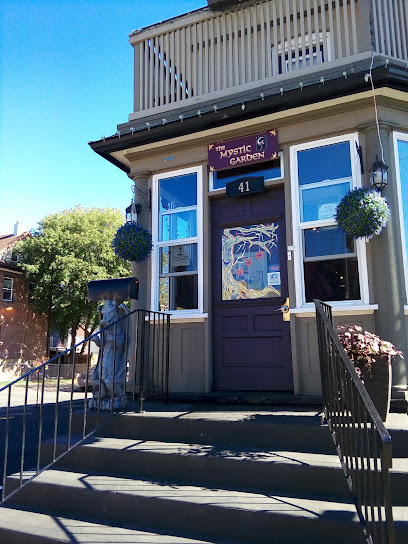
Silver Islet General Store
Explore the delightful Silver Islet General Store, a charming stop in Thunder Bay offering local crafts, tasty treats, and stunning views of Lake Superior.
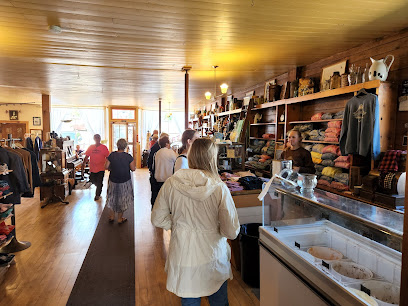
Rock Harbor Lodge
Discover the tranquil beauty of Isle Royale National Park at Rock Harbor Lodge, a perfect retreat for outdoor enthusiasts and nature lovers.
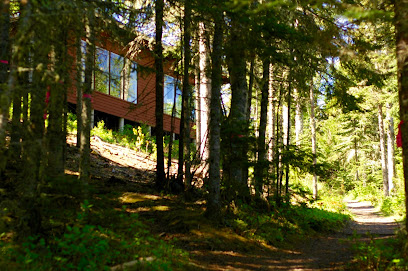
Authentique Gift Shop
Discover unique gifts and local crafts at Authentique Gift Shop in Thunder Bay, where every find tells a story of Ontario's rich heritage.

Windigo
Explore Windigo Park in Eagle Harbor, MI - A perfect blend of natural beauty and historical significance awaits you.
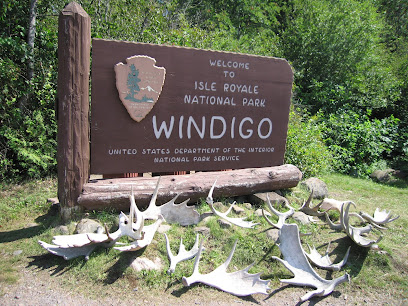
The Kitchen Nook/ Finnish Book Store
Explore The Kitchen Nook in Thunder Bay: A unique Finnish bookstore and gift shop offering authentic treasures and delightful finds.

Windigo Visitor Center
Explore the breathtaking landscapes of Isle Royale National Park at Windigo Visitor Center, your gateway to adventure and natural beauty.
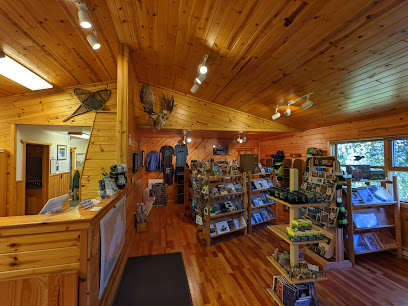
Fireweed Crafts
Explore the charm of Thunder Bay at Fireweed Crafts, your destination for unique handmade gifts and local artistry.
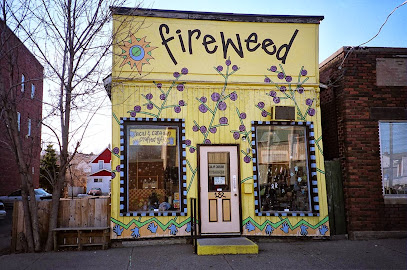
Wojo's Mojo
Explore Wojo's Mojo in Thunder Bay for unique gifts and artisan crafts that capture the spirit of Ontario.
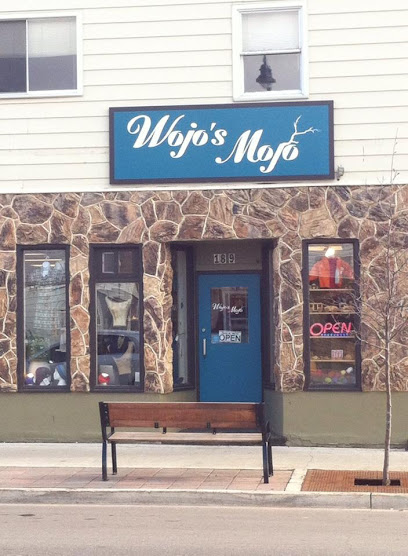
Rock Harbor Visitor Center
Explore the breathtaking beauty of Isle Royale National Park at the Rock Harbor Visitor Center, your gateway to adventure and nature.
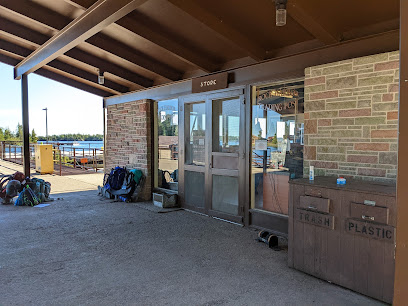
AMETHYST COUNTRY ROCK & GIFT SHOP
Discover the beauty of amethyst at Amethyst Country Rock & Gift Shop, where nature's treasures meet unique handmade gifts in Pass Lake, Ontario.
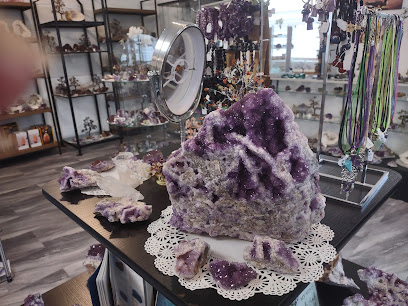
Cathy's Discount Gift Ctr
Explore unique gifts and local treasures at Cathy's Discount Gift Center in Thunder Bay, the perfect stop for memorable shopping.

Windigo Store
Experience the local charm and convenience of Windigo Store in Eagle Harbor Township, Michigan, your go-to spot for outdoor gear and unique souvenirs.
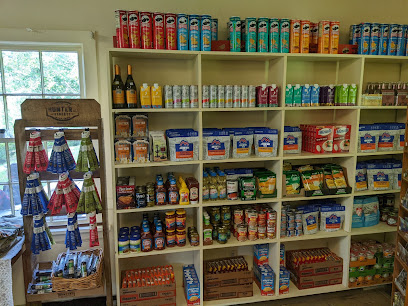
Essential bars & hidden hideouts
The Driftwood Motel Restaurant & Sports Bar
Experience the charm of The Driftwood Motel Restaurant & Sports Bar, where hearty American cuisine meets a vibrant sports bar atmosphere in St. Ignace, Michigan.
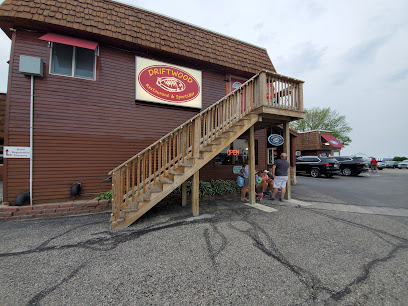
Harbor Haus Restaurant
Experience exquisite dining at Harbor Haus Restaurant in Copper Harbor, featuring locally sourced seafood and stunning views of Lake Superior.
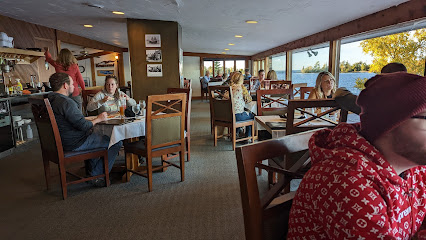
Isle Royale National Park
Discover the untouched wilderness and rich biodiversity of Isle Royale National Park in Michigan, a breathtaking escape for all nature lovers.
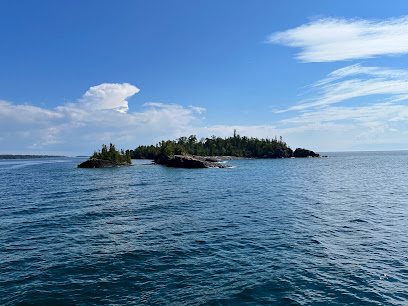
Caribou Restaurant + Wine Bar
Discover the exquisite flavors and elegant ambiance of Caribou Restaurant + Wine Bar in Thunder Bay, Ontario, a true culinary gem.
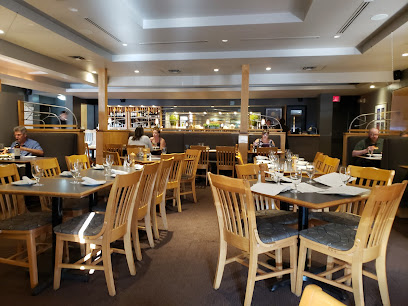
Wayland Bar & Grill
Experience the vibrant atmosphere and delicious grilled dishes at Wayland Bar & Grill, a must-visit spot in Thunder Bay for food lovers.
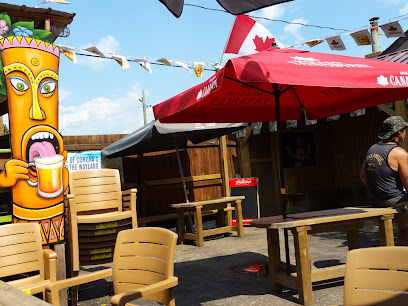
Da Vinci Centre
Discover the Da Vinci Centre: A vibrant bar and banquet hall in Thunder Bay, blending culinary delights with a cultural experience.
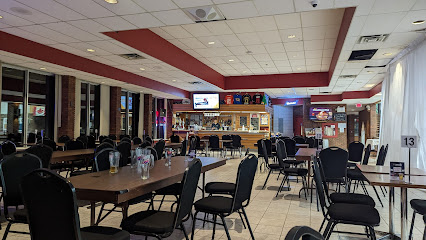
Black River Valley Pub
Experience delicious grilled and barbecued dishes at Black River Valley Pub in Bessemer, Michigan, a must-visit culinary destination for tourists.
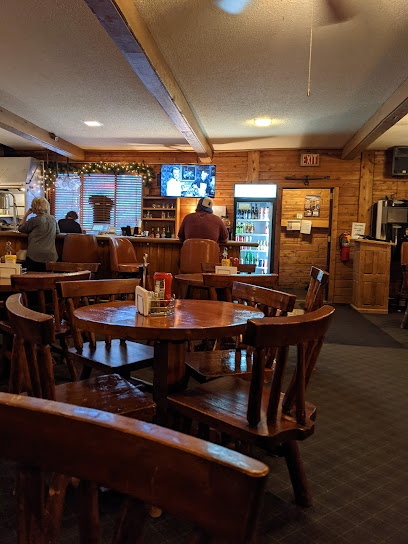
Shute's
Experience the warmth of Calumet at Shute's, a cozy bar with a fantastic selection of drinks and a vibrant atmosphere perfect for relaxation.
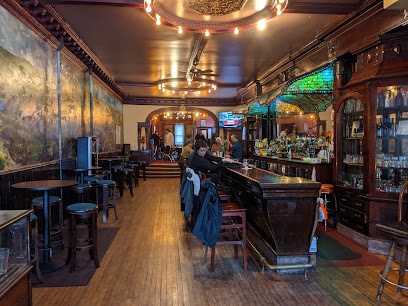
Cheer's The Village Pub
Experience the Heart of Thunder Bay at Cheer’s The Village Pub: Great Food, Drinks, and Local Culture Await.
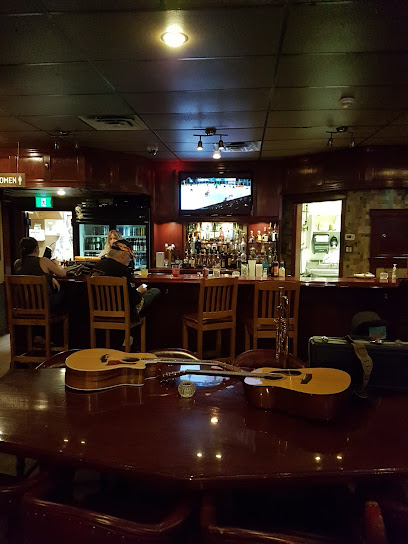
The Tilted Turret Pinball Pub
Discover the ultimate blend of pub culture and arcade fun at The Tilted Turret Pinball Pub in Thunder Bay, where every visit is a game-changer.

Lake Effect Bar and Grill
Discover the flavors of Copper Harbor at Lake Effect Bar and Grill, where local cuisine meets stunning views in a cozy bar atmosphere.
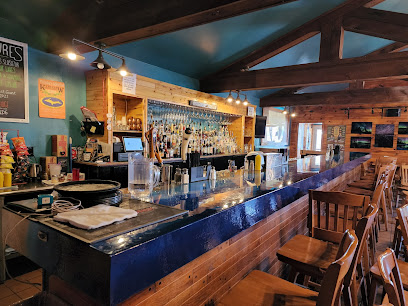
The Westfort
Experience the heart of Thunder Bay's nightlife at The Westfort, a vibrant bar offering a diverse drink selection and friendly atmosphere.
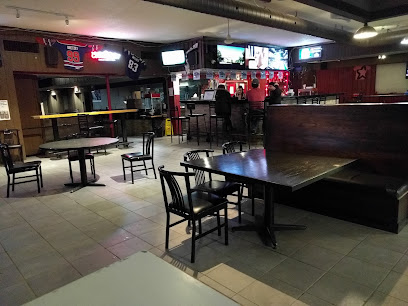
Isle Royale
Explore the pristine wilderness of Isle Royale, a national park that offers breathtaking landscapes, abundant wildlife, and a unique escape into nature.
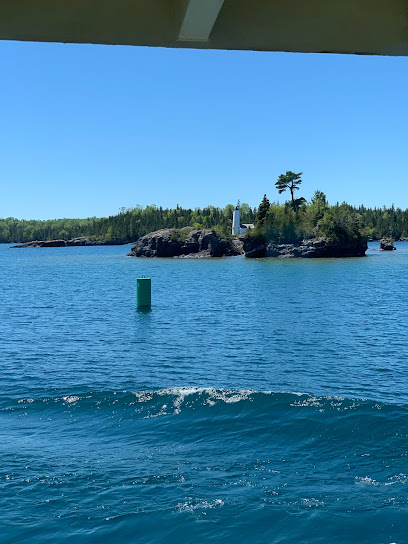
Olde Suffolk Ale House
Explore the heart of Ironwood, Michigan, at Olde Suffolk Ale House - a cozy restaurant offering local flavors and craft brews in a welcoming atmosphere.
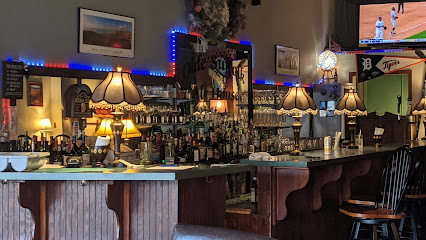
Airport Bar
Discover the cozy ambiance of Thunder Bay's Airport Bar, where local flavors meet a relaxing atmosphere for travelers.
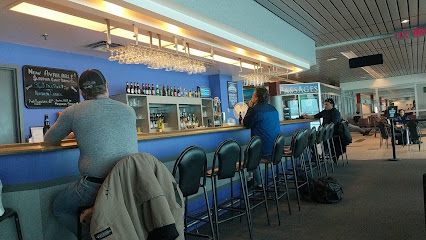
Local Phrases about Isle Royale National Park
-
- HelloBoozhoo
[boo-zhoo] - GoodbyeBoozhoo
[boo-zhoo] - YesAaniin
[ah-nee] - NoAaniin
[ah-nee] - Please/You're welcomeBozhoo/Bozhoo
[bo-zhoo/bo-zhoo] - Thank youMiigwech
[mee-gwetch] - Excuse me/SorryMiigwech
[mee-gwetch] - How are you?Aaniin ezhi-nindaasoyan?
[ah-nee ee-zhee-neen-da-soy-yahn] - Fine. And you?Zagwaan. Aaniin?
[zah-gwahn. ah-nee?] - Do you speak English?Anishinaabemowin ezhi-nendam?
[ah-ne-shee-nah-beh-moh-win ee-zhee-nen-dam] - I don't understandAapiji
[ah-ah-pee-jee]
- HelloBoozhoo
-
- I'd like to see the menu, pleaseNiin ezhi-bimaadiziyan, miigwech
[neen ee-zhee-bee-mah-dee-zee-yahn, mee-gwetch] - I don't eat meatNiin waabanda'iwewin
[neen wah-bahn-dah-ee-weh-win] - Cheers!Boozhoo!
[boo-zhoo] - I would like to pay, pleaseNiin ezhi-gikendan, miigwech
[neen ee-zhee-gee-ken-dahn, mee-gwetch]
- I'd like to see the menu, pleaseNiin ezhi-bimaadiziyan, miigwech
-
- Help!Aaniin!
[ah-nee!] - Go away!Aniin!
[ah-nee!] - Call the Police!Gichigamiwininiwag niigaaniwag!
[gee-chee-gah-mee-ween-ee-nee-wahg nee-gah-nee-wahg] - Call a doctor!Gaa-bi-ni-mi'iwag!
[gah-bee-nee-mee-ee-wahg] - I'm lostNiin endaad
[neen en-dahd] - I'm illNiin gaa-bi-ni-mi'iw
[neen gah-bee-nee-mee-ee-w]
- Help!Aaniin!
-
- I'd like to buy...Niin ezhi-niboonaan...
[neen ee-zhee-nee-boo-nahn] - I'm just lookingNiin giikendam
[neen gee-ken-dahm] - How much is it?Gikenimaa?
[gee-keh-nee-mah] - That's too expensiveGaa-bi-ni-maaji'ig
[gah-bee-nee-mah-jee-ig] - Can you lower the price?Miigwech gikenimaagen?
[mee-gwetch gee-keh-nee-mah-ah-gen]
- I'd like to buy...Niin ezhi-niboonaan...
-
- What time is it?Gikinooniiwe?
[gee-kee-noo-nee-weh] - It's one o'clockNiizhwaaso
[nee-zhwah-soh] - Half past (10)Nimkii
[nim-kee] - MorningBiindig
[been-deeg] - AfternoonWaaban
[wah-bahn] - EveningZhigaag
[zhee-gahg] - YesterdayMiizhwaaso
[mee-zhwah-soh] - TodayBiindig
[been-deeg] - TomorrowWaaban
[wah-bahn] - 1Niiwin
[nee-win] - 2Niizh
[nee-zh] - 3Niswi
[nee-swee] - 4Niiwinzh
[nee-win-zh] - 5Naanan
[nah-nahn] - 6Niizhwaaso
[nee-zhwah-soh] - 7Niizho
[nee-zhoh] - 8Niiwag
[nee-wahg] - 9Zhaangasii
[zhaan-gah-see] - 10Midaaswi
[mee-daas-wee]
- What time is it?Gikinooniiwe?
-
- Where's a/the...?Aaniin...
[ah-nee] - What's the address?Aaniin omaa aazhonyaa?
[ah-nee oh-mah ah-zhohn-yah] - Can you show me (on the map)?Niigaan anishinaabe-akiing giwaabanda'iwewin?
[nee-gahn ah-ne-shee-nah-beh-ah-keeng gee-wah-bahn-dah-ee-weh-win] - When's the next (bus)?Aaniin gaa-ozhitoon?
[ah-nee gah-oh-zhee-toon] - A ticket (to ....)Binaakwe-niimaa (gii-...)
[bee-nah-kweh-nee-mah gee-]
- Where's a/the...?Aaniin...
History of Isle Royale National Park
-
Long before European settlers arrived, Isle Royale was home to Native American tribes who were drawn to the island for its rich resources. Archaeological evidence suggests that indigenous peoples have been visiting and living on Isle Royale for over 4,000 years. They mined the island's abundant copper deposits, leaving behind pits and tools that can still be found today. These early inhabitants used the copper to create tools and trade goods, which were then distributed throughout the Great Lakes region.
-
The first known European to explore Isle Royale was French explorer Étienne Brûlé in the early 17th century. Isle Royale soon became an important location for the burgeoning fur trade, with French and later British traders establishing posts on the island. The island's strategic location in Lake Superior made it a key point for trading with Native American tribes. The fur trade brought a new wave of activity to Isle Royale, as beaver pelts and other animal furs were highly sought after in Europe.
-
In the mid-19th century, Isle Royale experienced a copper mining boom. Prospectors and mining companies flocked to the island, establishing small communities and mining operations. The most notable of these was the Minong Mine, which operated from 1874 to 1885. Although the mining ventures were not as profitable as hoped, the remnants of this era, including shafts, pits, and abandoned equipment, can still be seen today. These sites offer a glimpse into the island's industrial past.
-
From the late 19th century into the mid-20th century, Isle Royale was a hub for commercial fishing. Scandinavian immigrants, among others, established fishing communities on the island, taking advantage of the rich fish populations in Lake Superior. Fishermen primarily targeted lake trout and whitefish, which were abundant in the surrounding waters. The remains of fishing camps and fish processing facilities can still be found along the island's shores, telling the story of this once-thriving industry.
-
On April 3, 1940, Isle Royale was designated a national park by President Franklin D. Roosevelt. This designation aimed to preserve the island's natural beauty and historical significance. The establishment of Isle Royale National Park marked the beginning of a new era focused on conservation and recreation. Today, the park is renowned for its pristine wilderness, diverse wildlife, and opportunities for outdoor activities such as hiking, boating, and camping.
-
Isle Royale is known for its unique ecosystem and wildlife, particularly the dynamic relationship between its wolf and moose populations. The island serves as a living laboratory for scientists studying predator-prey dynamics, particularly the long-term ecological study started by Dr. L. David Mech in 1958. This ongoing research provides valuable insights into the natural processes and balance within the island's ecosystem. The island's designation as a wilderness area in 1976 further emphasizes its importance as a haven for wildlife and natural beauty.
Isle Royale National Park Essentials
-
Isle Royale National Park is located on an island in Lake Superior, Michigan. The park is accessible only by boat or seaplane. Ferries operate from Houghton and Copper Harbor in Michigan, and from Grand Portage in Minnesota. Seaplane services are available from Houghton, Michigan, and Grand Marais, Minnesota. It is advisable to book your transportation in advance, especially during the peak season from mid-June to late August.
-
Once on the island, transportation is limited to hiking, boating, or using the island's shuttle services. There are no cars or bicycles allowed in the park. The park has an extensive network of hiking trails and several campgrounds. Water taxis and shuttle boats are available to take visitors to different parts of the island. Canoes, kayaks, and motorboats can be rented at Rock Harbor and Windigo, the two main visitor centers.
-
The official currency is the United States Dollar (USD). Credit cards are accepted at the visitor centers, lodges, and some stores on the island. However, it's advisable to carry some cash as remote areas might not have card payment facilities. There are no ATMs on Isle Royale, so ensure you have enough cash before you arrive.
-
Isle Royale is generally a safe destination with very low crime rates. However, as with any remote area, it is advisable to take standard precautions. Be aware of your surroundings, secure your belongings, and avoid hiking alone. The island is home to wildlife such as moose and wolves; maintain a safe distance and do not attempt to feed or approach wild animals.
-
In case of an emergency, contact park rangers immediately. Emergency services can be reached through the visitor centers at Rock Harbor and Windigo. There are first aid stations at these centers, but for serious medical emergencies, evacuation to the mainland may be necessary. It's essential to carry a first-aid kit and have travel insurance that covers medical emergencies and evacuation.
-
Fashion: Do wear sturdy hiking boots and weather-appropriate clothing. Layers are recommended due to variable weather conditions. Avoid wearing flip-flops or sandals while hiking. Religion: There are no specific religious customs to observe, but always respect the natural environment and other visitors. Public Transport: Do use the island's shuttle services responsibly. Plan your routes and schedules ahead of time. Greetings: Do greet fellow hikers and visitors with a friendly gesture or nod. Eating & Drinking: Do carry sufficient water and snacks, especially for long hikes. Don't litter; always pack out what you pack in.
-
To experience Isle Royale like a local, try to plan your visit during the off-peak season in early spring or late fall to avoid crowds. Engage with park rangers and attend their informative talks and guided tours. For a memorable experience, embark on a multi-day backpacking trip to explore the island's interior. Don't miss the chance to stargaze; Isle Royale offers some of the darkest skies for viewing constellations and the Milky Way.
Nearby Cities to Isle Royale National Park
-
Things To Do in Marquette
-
Things To Do in Ely
-
Things To Do in Duluth
-
Things To Do in Wausau
-
Things To Do in Door County
-
Things To Do in Sturgeon Bay
-
Things To Do in Green Bay
-
Things To Do in Mackinac Island
-
Things To Do in Eau Claire
-
Things To Do in Appleton
-
Things To Do in Petoskey
-
Things To Do in Traverse City
-
Things To Do in Oshkosh
-
Things To Do in Saint Paul
-
Things To Do in Minneapolis

